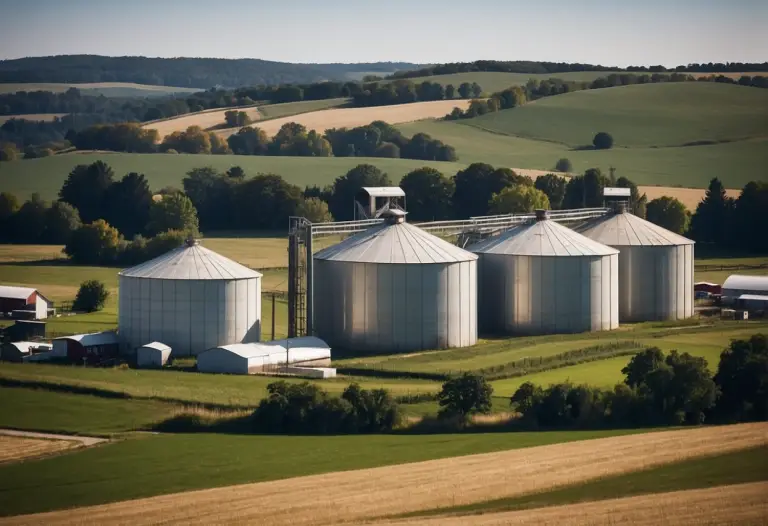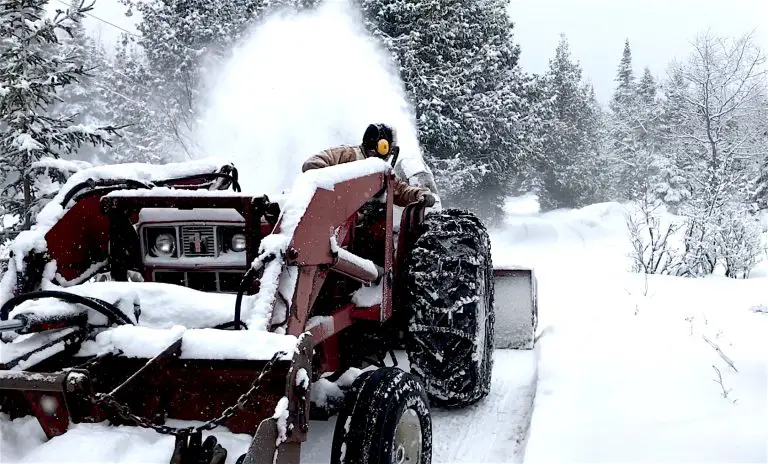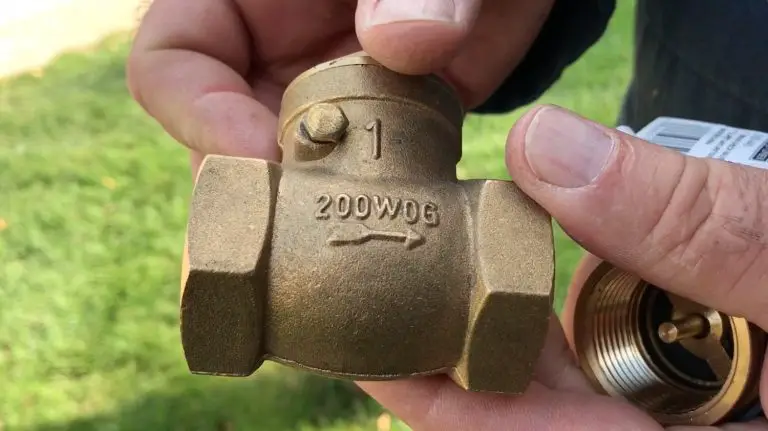Watch the video below for tips and tricks on using your pressure washer, including some uses you’ve probably never seen before. More details in the article below. In my experience there are three standard tasks where a pressure washer can’t be beat, and one non-standard task that’s enormously valuable for some of us.
- Video Watch Time = 12 minutes
If you value a clean yard, vehicles and outdoor recreational equipment, at some stage you may have thought of buying a pressure washer. I’ve been using these outdoor power tools for 25 years and this article will help you decide if a pressure washer makes sense for you, and how to use one properly.
How Pressure Washers Work
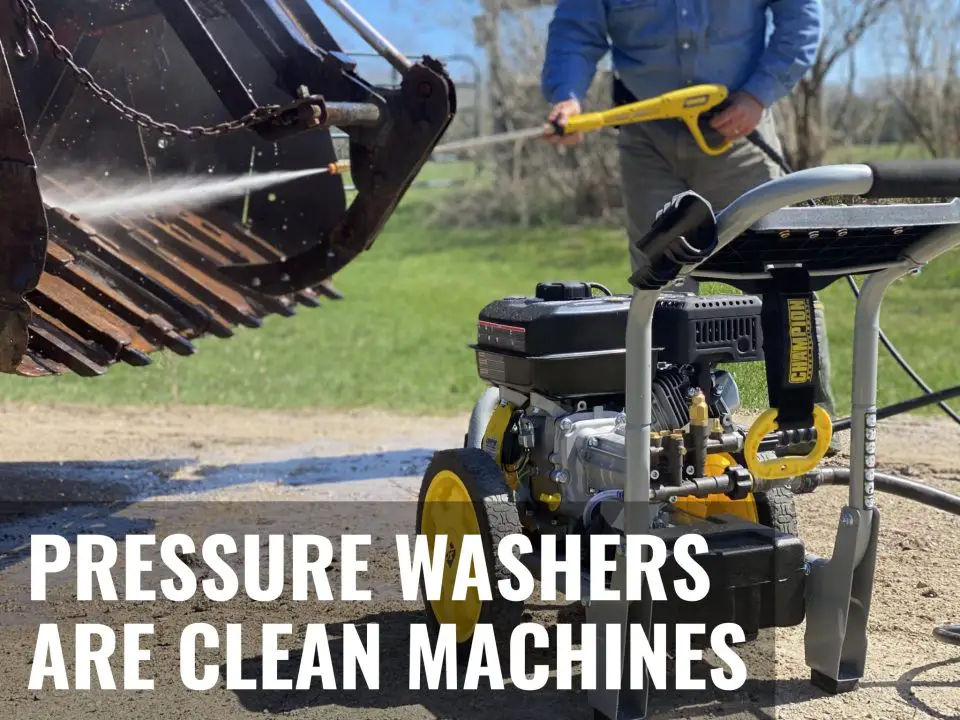
All models operate on the same principle. Low pressure water from a garden hose is boosted by either a gasoline or electric motor from about 50 or 60 pounds per square inch from the tap to more than 3000 psi at the tip of the pressure washer wand. It’s this high pressure that makes these machines so effective at cleaning, but it also demands caution. Too much pressure on the wrong kind of surfaces can mar them permanently.
Pressure Washer Applications
Cleaning mud and debris from equipment, stripping old finishes from decks and outdoor wood, and cleaning cobwebs and dirt from high, hard to reach areas on exterior walls of a house or building. These are some typical uses I put our pressure washer to all the time. The most impressive non-standard use involves reviving my failed septic system. With the right kind of specialized “jetting” attachment, it’s possible to blast out gunk and biomat deposits that build up inside the buried leaching pipes found in most septic systems. I’ve used this approach to save my own completely clogged septic system and I’ve helped hundreds of other people do the same thing with my online septic system course. A pressure washer is an essential part of this operation.
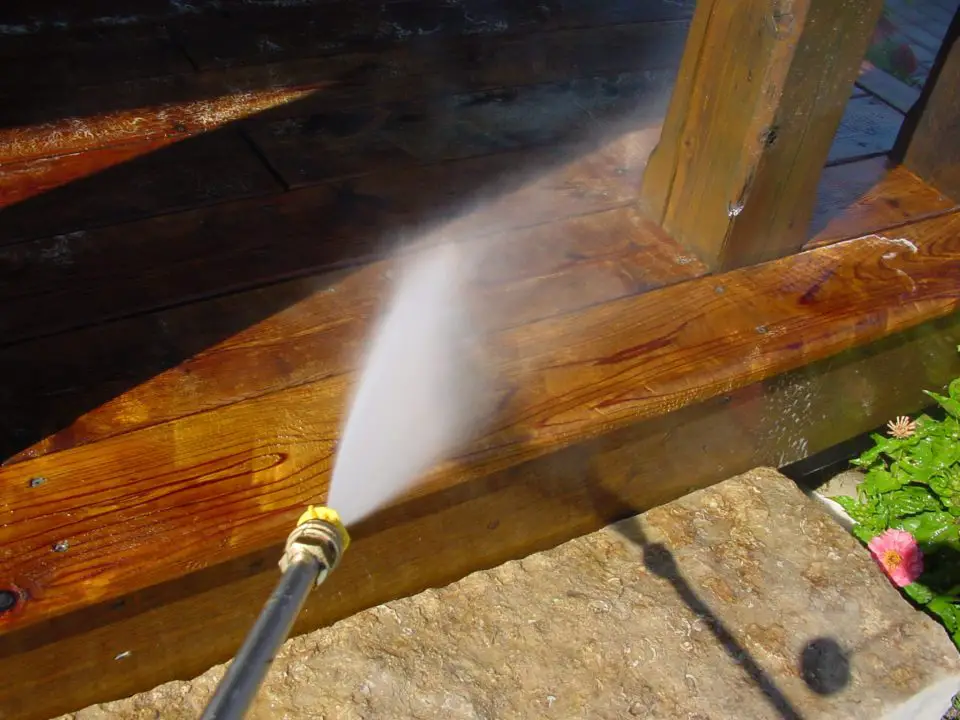
Three Vital Questions
When buying a pressure washer you need to keep three questions in mind:
1. First and most importantly, what is the output pressure of this model?
Anything up to and over 3000 pounds per square inch (PSI) will be effective as a general purpose pressure washer around the house or cottage. There are weaker models out there that use electricity instead of a gas engine, but in my experience power is what you need. Pressure washers usually come with different tips for adjusting the spray pattern.
Here’s a powerful idea that can save you big hassles with any pressure washer. When you’re firing yours up for the first time after storage, be sure to remove the tip from the wand first and allow clean water to flow through and out of the wand unimpeded for a minute with the engine off. Why? It’s not unusual for tiny bits of sediment to build up in the gun, the wand or the hose. All pressure washer tips have tiny holes in the end, and if a piece of dirt plugs the tip you’ll have a hose full of high pressure water and a tip that won’t come out because it’s under a lot of back pressure. Always flush first, then install a tip second.
2. Pay attention to output volume of water.
Both volume and pressure rating figures are advertised on the side of every pressure washer. In my experience, 2 gallons per minute of water flow is the minimum for a general purpose pressure washer delivering at least 3000 psi.
3. Consider soap injection.
Today’s best washers usually have an on-board liquid soap reservoir for home use. These reservoirs connect with the incoming water stream and automatically combine a specific amount of soap with a given amount of water that flows through the system. Soap doesn’t have to be used, but when you’ve got a lot of grease and grime to remove, soap makes a big difference.









